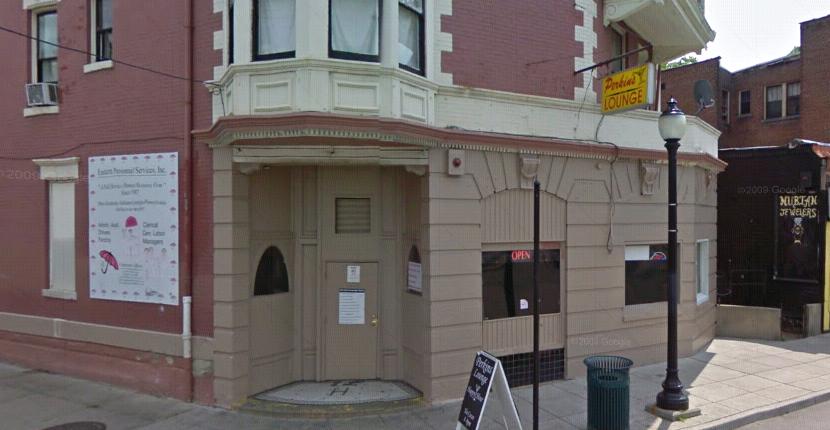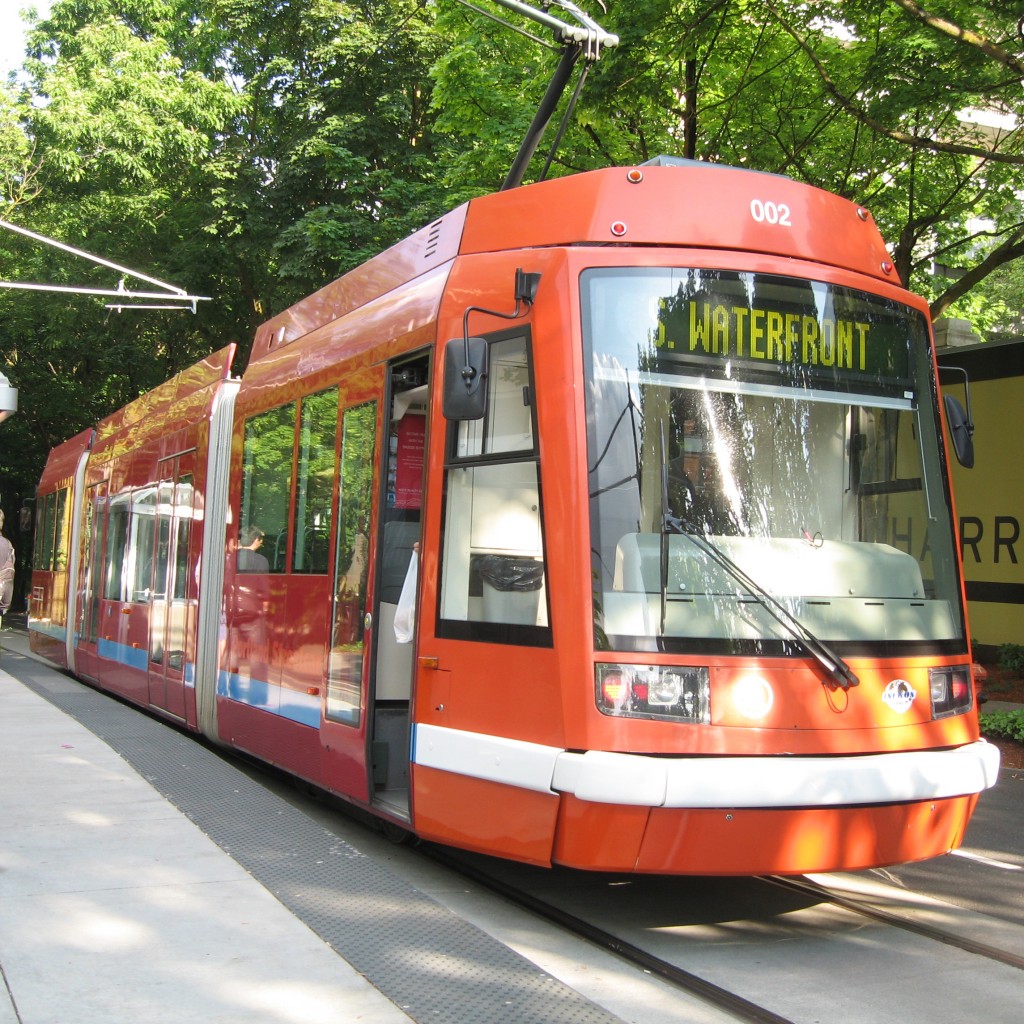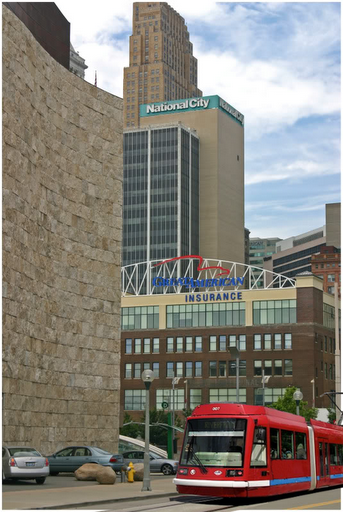Cincinnati’s nationally-acclaimed Neighborhood Enhancement Program (NEP) is having a lasting impact in Evanston where the program started two years. Today Cincinnati officials announced that Perkins Lounge, long known for a history of drug activity and for being an eyesore in the heart of Evanston, will be shut down as ordered by Judge Nadine Allen utilizing State of Ohio Nuisance Abatement Laws to investigate numerous complaints of illegal activity.
On September 2, 2008, Cincinnati’s NEP began a 90-day focus on Evanston that focused on quality of life issues including crime, blight and building code violations. Since that time the program has won awards from Neighborhoods USA as the 2008 National Program of the Year, the Ohio Conference of Community Development’s President Award, and the Community Development Corporations Association of Greater Cincinnati award for Most Outstanding Collaborative Effort among others.

Program officials say that one of the targets is to create a sustainable impact that lasts beyond the initial 90-day blitz. Perkins Lounge will officially be shut down this evening at 6pm thanks to a collaborative effort between the Cincinnati Police Department, the Attorney General’s office and the Evanston community. The closure brings with it much more than the elimination of a long-time neighborhood problem, but also an indication that the much touted NEP has staying power.
“This ongoing partnership with the State of Ohio’s Attorney General’s office and these successful results are a prime example of the sustainability of the NEP,” City Manager Milton Dohoney said in a press release. “This model for neighborhood revitalization continues to be an effective tool to improve the quality of life for our neighborhoods and businesses.”
Community leaders are encouraged by the Perkins Lounge (map) news and believe it is an important step in the process of reclaiming their neighborhood.
“The Evanston community is thrilled that this shameless criminal element has finally been removed from the Evanston Business District, and greatly admires the tireless efforts of the Cincinnati Police,” stated John Lewis, Safety Chair of the Evanston Community Council and Chair of the Evanston Citizens on Patrol. “Evanston continues to focus our efforts to redevelop and revitalize our business district to be a once again thriving neighborhood.”
Most recently the NEP rolled into Mt. Washington, and over the course of its existence, the program has visited Price Hill, Avondale, Westwood, College Hill and Clifton Heights/University Heights/Fairview Heights (CUF) in addition to both Mt. Washington and Evanston. In each case the program has reduced blight on average by 15% and recorded thousands of building inspections.



